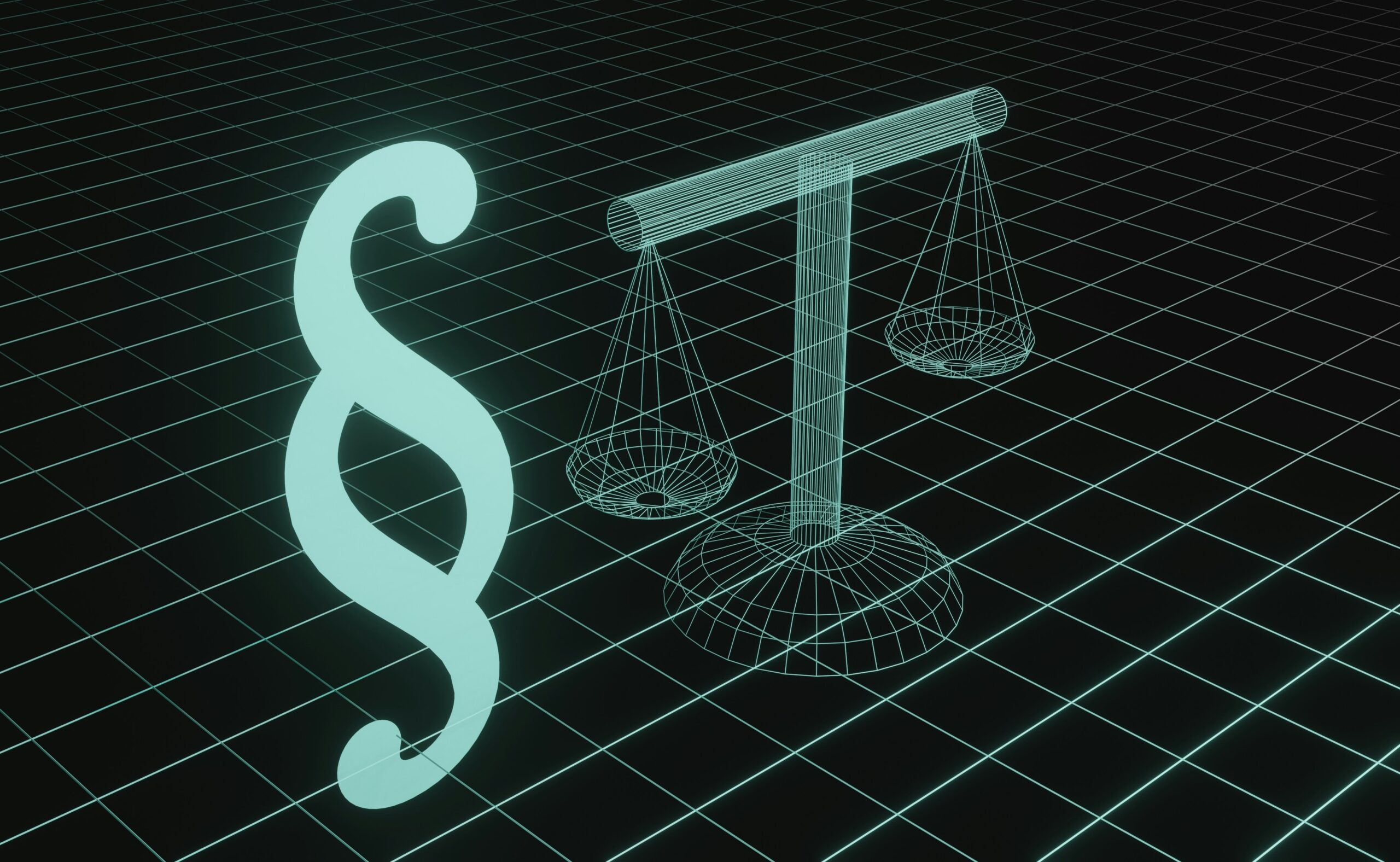“Did you know patent infringement lawsuits can rack up legal defense costs exceeding $3 million?”
If that stat made your wallet shiver, buckle up. In today’s cutthroat innovation economy, even accidental copyright or patent violations can lead to devastating lawsuits. This article dives deep into Legal Defense Costs Documentation, exploring its critical role in protecting your assets and reputation.
You’ll discover:
- What patent infringement insurance actually covers (Spoiler: It’s more than court fees).
- A step-by-step guide on documenting legal expenses properly.
- Tips to avoid rookie mistakes while preparing for potential litigation.
Table of Contents
- Key Takeaways
- The Problem with Ignoring Legal Defense Costs
- How to Document Your Legal Defense Costs Effectively
- Tips for Smarter Legal Expense Tracking
- Real-Life Case Study: How Documentation Saved a Startup
- Frequently Asked Questions About Legal Defense Costs
Key Takeaways
- Detailed documentation helps maximize patent infringement insurance payouts.
- Underestimating legal defense costs can bankrupt small businesses during lawsuits.
- The right tools (spreadsheets, apps) simplify expense tracking without stress.
Why Is Legal Defense Cost Documentation Such a Big Deal?
Imagine this scenario: A competitor claims your product violates their patent. Suddenly, you’re slapped with a cease-and-desist letter demanding compensation—and they’re ready to drag you to court.
This isn’t science fiction; it happens every day. According to data from the American Intellectual Property Law Association (AIPLA), the average cost of defending against patent litigation ranges between $1-$5 million, depending on case complexity.

Here’s where things get tricky:
“Without proper records of legal defense expenditures, insurers may deny coverage—or underpay significantly.”
Confession time—I once assumed “keeping receipts” was enough. Boy, did I learn the hard way when my startup nearly lost thousands because our poorly organized documentation didn’t meet insurer standards. Lesson learned: Being meticulous matters.
Rant Alert:
FYI, nothing grinds my gears like companies selling “patent protection plans” without educating clients about how vital detailed record-keeping is. If insurers don’t accept illegible or incomplete submissions, guess who loses? Yeah, YOU.
How to Properly Document Legal Defense Expenses
Optimist You:* “We’ll just keep all our invoices together!”
Grumpy You: *“Ugh, not unless you want trouble later…”*
Here’s the lowdown:
- Choose an Organizational System: Whether digital spreadsheets or project management software, pick something scalable.
- Categorize Costs Clearly: Break them down into categories like attorney fees, consulting services, filing fees, etc.
- Back Up Everything Digitally: Cloud storage ensures no physical damage wipes out crucial files.
- Add Contextual Notes: For each transaction, include purpose and relevance (e.g., “Consultation fee re: cease-and-desist response”).
- Schedule Regular Audits: Once a month, review documentation accuracy. Treat it like updating antivirus software—tedious but necessary.
Best Practices for Effective Legal Defense Documentation
#ProTip: Not everything works here—let’s separate gold from garbage:
- Use Tools Designed for Expense Tracking: Apps like QuickBooks or Wave streamline processes.
- Keep Copies of Emails & Correspondence: These often serve as proof of timely actions taken.
- Avoid Overgeneralizing Entries: Writing “legal stuff” won’t fly. Be specific (“attorney retainer payment Jan 2024”).

Quirky Tip Most Won’t Tell You:
Color-code entries based on urgency or category. It sounds ridiculous until you realize how much easier red-flagging high-risk items becomes!
Case Study: How Smart Documentation Saved DayOne Tech Co.
DayOne Tech found itself embroiled in a nasty patent dispute over software algorithms. While panic set in initially, their thorough documentation strategy paid off big-time:
- Every invoice included detailed notes explaining why purchases were made.
- All communications were timestamped and stored digitally via Google Drive.
Result? Their insurer approved the full claim amount within weeks—a lifesaver considering mounting legal bills had already hit six figures.
FAQs About Legal Defense Costs and Documentation
Q: What exactly qualifies as ‘legal defense costs’?
A: Think beyond lawyers’ fees. Court filings, expert witness payments, investigative work—all these count too.
Q: Do I really need special insurance if I document everything carefully?
A: YES! Even perfect records won’t shield you from financial ruin if costs spiral out of control.
Q: Can bad documentation nullify my entire claim?
A: In extreme cases, YES. Insurers look for any excuse to deny claims—don’t hand them one on a silver platter.
Conclusion: Don’t Let Poor Record Keeping Sink Your Ship
So there you have it: A crash course in Legal Defense Costs Documentation. Remember, being prepared isn’t paranoia—it’s protection. Without clear, well-organized records, even the best intentions can leave you stranded financially.
Stay sharp out there…like a ninja slicing through red tape.
P.S. Like Pokémon cards in the ‘90s, treat your documents—they’re rare treasures worth guarding closely!
H/T to anyone still using Excel pivot tables—not judging, just impressed.


